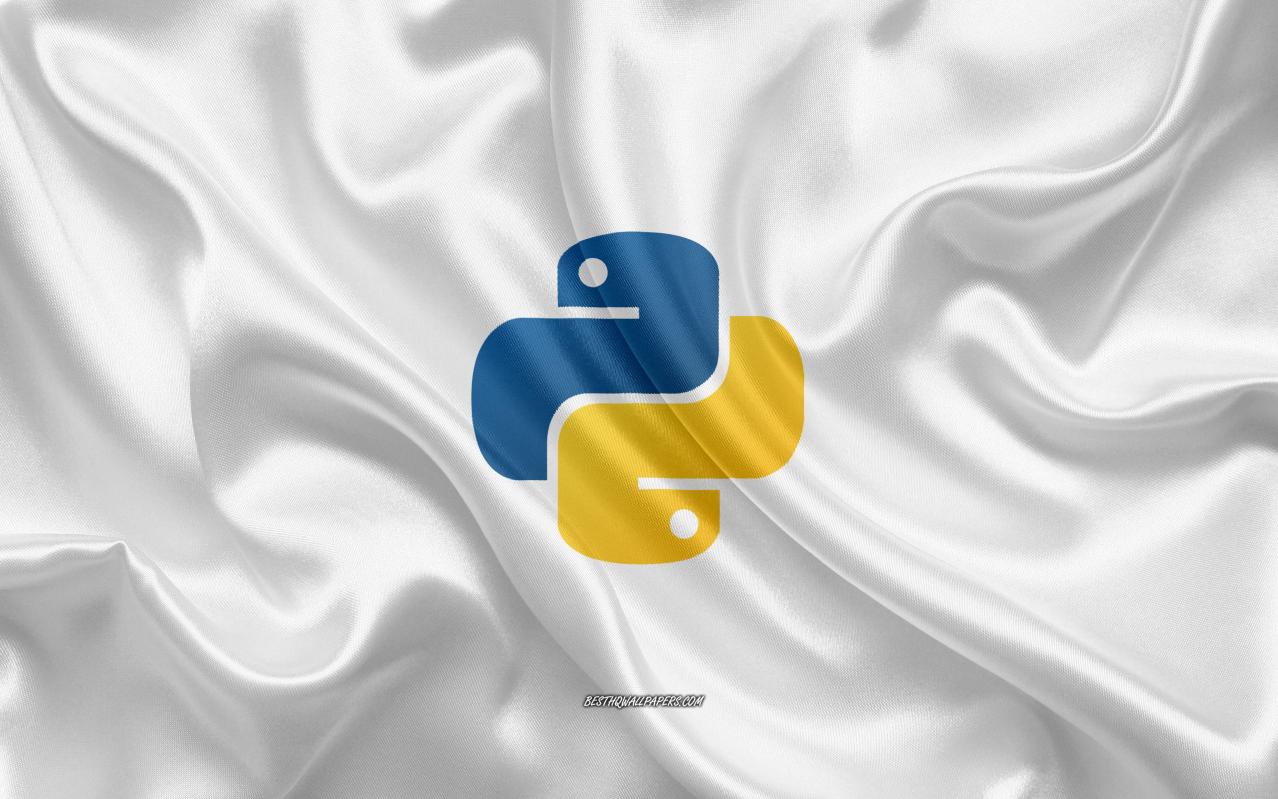What Are the Future Directions of Commandline Python in Therapy?
Commandline Python, a powerful scripting language, has gained significant traction in the field of therapy due to its versatility, accessibility, and potential to enhance therapeutic interventions. This article explores the potential future directions and advancements of Commandline Python in therapy, highlighting its expanding therapeutic applications, integration with AI and machine learning, remote and teletherapy applications, and its role in enhancing therapist training and education.

Expanding Therapeutic Applications
- Personalized Therapy Programs: Commandline Python can be used to develop personalized therapy programs tailored to individual client needs, preferences, and goals.
- Interactive Therapy Tools and Simulations: Commandline Python can be used to create interactive therapy tools and simulations that engage clients and facilitate skill development.
- Data Collection and Analysis: Commandline Python can enhance data collection and analysis for therapy outcomes, enabling therapists to track progress and make data-driven decisions.
Integration With AI And Machine Learning
- AI-Driven Therapy Recommendations: Commandline Python can be integrated with AI and machine learning algorithms to provide AI-driven therapy recommendations and personalized interventions.
- AI-Powered Chatbots: Commandline Python can be used to develop AI-powered chatbots that engage in therapeutic conversations, providing support and guidance to clients.
Remote And Teletherapy Applications
- Remote and Teletherapy Sessions: Commandline Python can facilitate remote and teletherapy sessions, enabling therapists to provide therapy services to clients from a distance.
- Secure Teletherapy Platforms: Commandline Python can be used to develop secure and HIPAA-compliant teletherapy platforms, ensuring client privacy and confidentiality.
- Addressing Accessibility Issues: Commandline Python can help address accessibility issues by providing therapy services to individuals who may have difficulty accessing traditional in-person therapy.
Enhancing Therapist Training And Education
- Interactive Training Modules: Commandline Python can be used to develop interactive training modules for therapists, providing hands-on experience and skill development.
- Simulation Environments: Commandline Python can be used to create simulation environments that allow therapists to practice their skills in a safe and controlled environment.
- Therapist Collaboration and Knowledge Sharing: Commandline Python can facilitate therapist collaboration and knowledge sharing, enabling therapists to learn from each other and stay up-to-date on the latest therapeutic techniques.
Future Research Directions
- Potential Research Areas: Identifying potential areas for future research and exploration in Commandline Python therapy applications.
- Empirical Studies and Clinical Trials: Conducting empirical studies and clinical trials to validate the effectiveness of Commandline Python interventions.
- Ethical Considerations: Emphasizing the importance of ethical considerations and responsible use of Commandline Python in therapy.
Commandline Python holds immense promise in shaping the future of therapy. Its versatility, accessibility, and potential to enhance therapeutic interventions make it a valuable tool for therapists and researchers. As Commandline Python continues to evolve, we can expect to see even more innovative and effective applications of this technology in the field of therapy.
This article serves as a call to action for therapists, researchers, and developers to explore and contribute to the advancement of Commandline Python in therapy. By working together, we can harness the power of this technology to improve the lives of individuals seeking therapeutic support.
YesNo

Leave a Reply